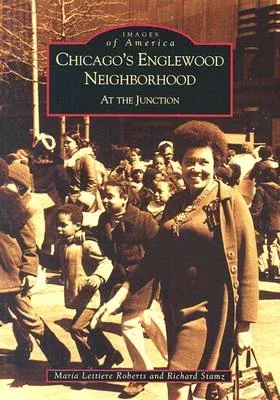Maria Lettiere Roberts
(Author)Chicago's Englewood Neighborhood: At the JunctionPaperback, 15 November 2002

Qty
1
Turbo
Ships in 2 - 3 days
In Stock
Free Delivery
Cash on Delivery
15 Days
Free Returns
Secure Checkout

Part of Series
Images of America
Part of Series
Images of America (Arcadia Publishing)
Part of Series
Illinois
Print Length
128 pages
Language
English
Publisher
Arcadia Publishing (SC)
Date Published
15 Nov 2002
ISBN-10
0738520438
ISBN-13
9780738520438
Description
Product Details
Book Format:
Paperback
Country of Origin:
US
Date Published:
15 November 2002
Dimensions:
23.22 x
16.61 x
0.91 cm
ISBN-10:
0738520438
ISBN-13:
9780738520438
Language:
English
Location:
Chicago, IL
Pages:
128
Publisher:
Weight:
294.83 gm